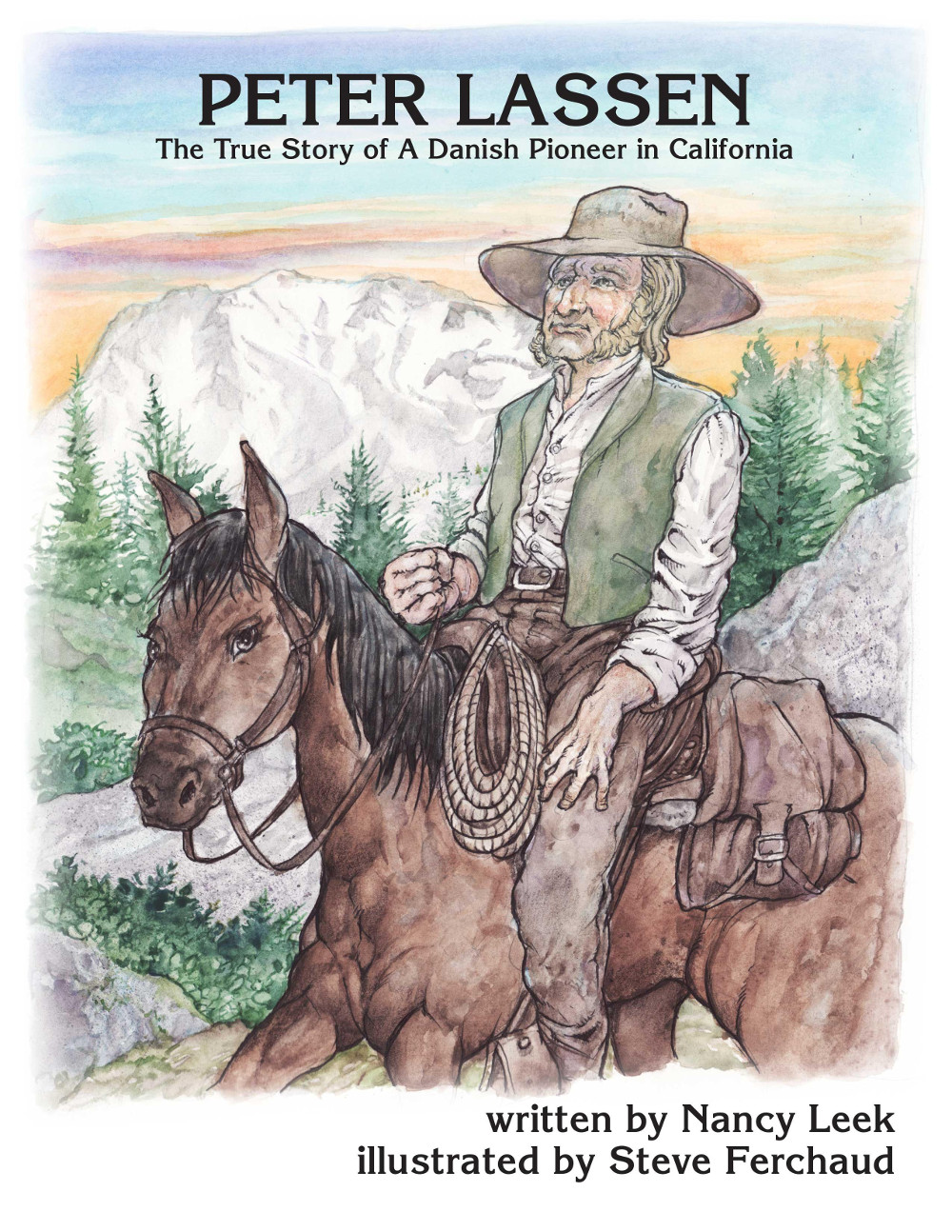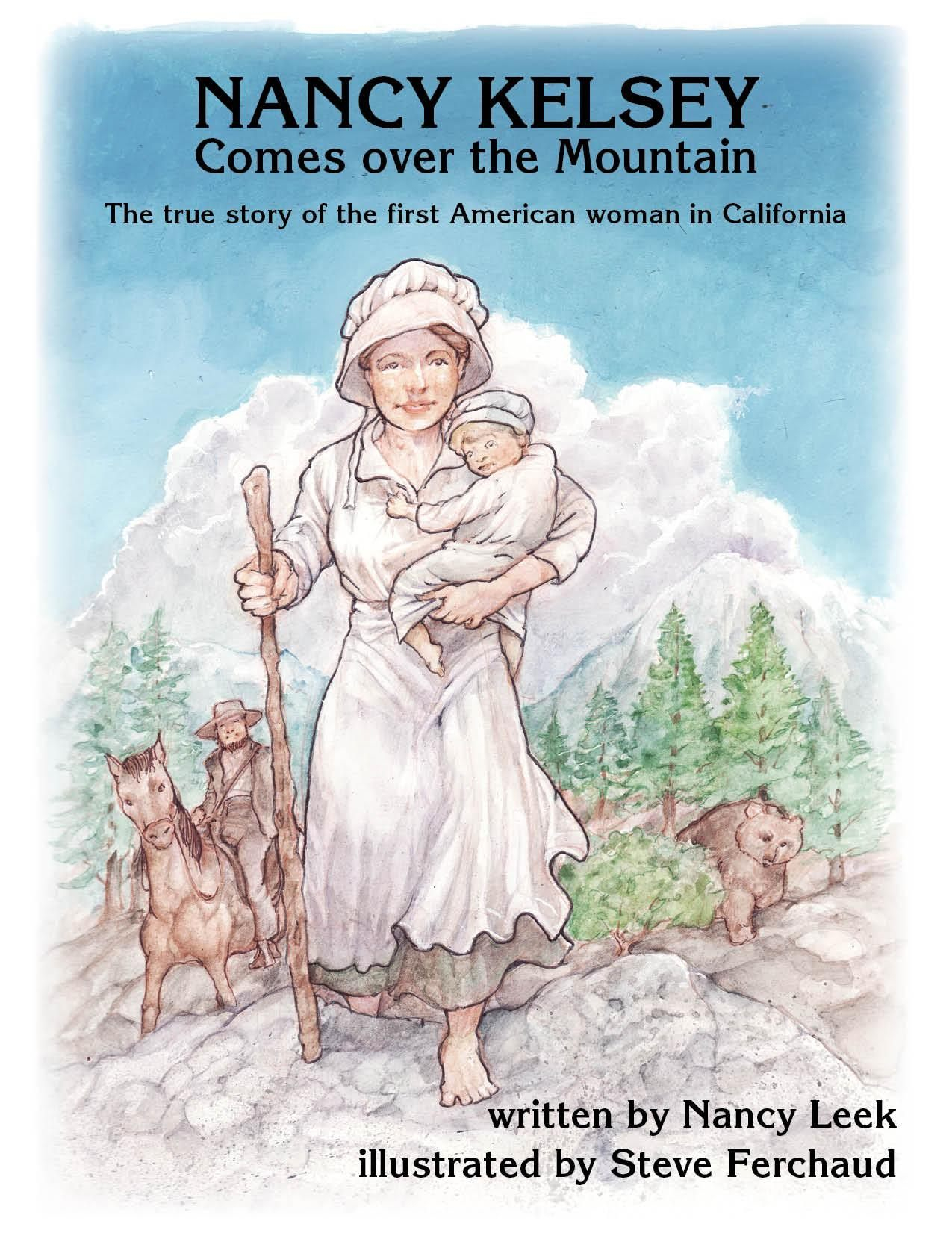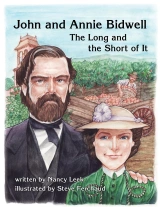When did John Bidwell discover gold on the Feather River?
As you can see from the following timeline, he made more than one discovery, culminating in finding rich deposits at Bidwell’s Bar. It is also interesting to notice how much traveling Bidwell did in the six months between January and July 1848.
Sources: New Helvetia Diary, two dictations by John Bidwell for H.H. Bancroft in 1877 and 1891, and letters written by John Bidwell.
Jan. 24: Gold discovered at Coloma by James Marshall (this is the date usually given, but it may have been a couple of days earlier or later)
Feb. 29: Bidwell shown gold by John A. Sutter at Sutter’s Fort (New Helvetia Diary)
March 2-7: Bidwell searches for lost horses, then leaves for Sonoma and San Rafael, where he intends to buy fruit trees. Sutter has entrusted him with a gold sample to take to San Francisco.
The very spring that gold was discovered, I was preparing to set out my farm, and had dug the first irrigating ditch in the Sacramento Valley. As soon as I got my ditch ready and the ground prepared, I went over to San Rafael and Sonoma to get my trees. I crossed over to San Francisco and reported the discovery of gold.. (NHD, JB-91)
mid-March: Bidwell has gold assayed in San Francisco (JB-91)
March 27: Bidwell arrives at Sutter’s Fort and leaves on the 29th. (NHD)
March 29-April 1: Bidwell camps on the Feather River near Hamilton, washes gold out of river. “While my horse was off feeding, I took a tin cup and went down to the river; washed the sands as well as I could, and every cupful took out small particles of gold.” (JB-91)
early April: Bidwell and friends look for gold on Butte Creek and the Feather River. “A week or two later myself and a few men found gold on Butte Creek, on the West Branch of the Feather River, and in several ravines and on main Feather River at White Rock.” (JB to A. Ekman 17 Jan 1898)
April 22: Bidwell and William Dickey go to Sutter’s Fort and Coloma, where they stake mining claims.
I went up, as others did, to see the place [Coloma], and made arrangements to hold mining claims there. Marshall built a little cabin on my claim so that I could hold it. (NHD, JB-91)
Apr 30: Bidwell and Dickey return from Coloma. (NHD)
May 2: Bidwell and George McKinstry check out the Consumnes River. (NHD)
May 8-13: Bidwell busy surveying Sutterville, a job he had contracted to do for Sutter. (NHD)
May 21: Bidwell writes to McKinstry from Sutter’s Fort about the influx of gold diggers and the need to invest in cattle and provisions because “everything in the provision line is about to command an exorbitant price.” (JB to GMcK 21 May 1848)
May 22: Bidwell leaves for Upper Sacramento Valley. (NHD)
late May: Bidwell assembles friends and supplies and they go prospecting on the Feather River. “I think it was late in May before we made our first mining camp on Feather River at the mouth of Morris Ravine.” (JB to A. Ekman 17 Jan 1898)
On reaching Chico an expedition was organized but it took some time to get everything ready. We had to send twice up to Peter Lassen’s mill to obtain flour, meat had to be dried, and we had to send to Sacramento for tools. In our party were Mr. [William] Dickey, [John] Potter, John Williams, William Northgraves, and myself. We passed near Cherokee and up on the North Fork.
In nearly all the places we prospected we found the color. One evening while camped at White Rock, Dickey and I in a short time panned out about an ounce of fine gold. The others refused to prospect and said the gold we had obtained was so light that it would not weigh anything. At this time we were all unfamiliar with the weight of gold dust but I am satisfied that what we had would have weighed an ounce. (JB-77)
June 19: Bidwell writes to George McKinstry from Sutter’s Hock Farm.
I have been up to my Ranch, moved camp down to the bend of Feather river with a quantity of meat and coarse flour, and have come down to take up the things that were sent up in the canoe. Tomorrow I shall land in the “diggings.”
June 24: Bidwell writes to McKinstry from “Feather River below first camp.”
Last week we did tolerably well washing the sands along the river – we made something not far from $1000 – This week we have done but little – The first camp above where we were when you came to us, was good – the first day of our arrival there we took out not less than 300 dollars. – but the place soon became exhausted it being small, and we have not been able to find as good a one since – In fact if Mr. McCall had not arrived I should have sent an express to you yesterday. We are not making over $50 per day with all our Indians – and if we do not find a good place in one or two days at most, I want to go down either to Yuba or the American Fork.

On the same date (June 24) Bidwell makes a note of “Articles taken to camp belonging to Pierson B. Reading for use Bidwell Mining Co.” He is getting organized and making plans, but hasn’t yet found rich diggings. He keeps exploring the Feather River and sometime in the next ten days he finds what he is looking for.
July 4: Bidwell discovers gold at what becomes Bidwell’s Bar. “On July 4 I discovered Bidwell’s Bar, and the next day moved up and took possession.” (JB to A. Ekman 17 Jan 1898)
This letter, written fifty years later to Dr. Adolph Ekman, a pharmacist in Oroville, is the only place I have seen Bidwell give a date to his gold discovery at Bidwell’s Bar. The letter is in the archive at Lake Oroville State Recreation Area. A copy was sent to me by Chuck Smay, author of The Town of Bidwell at Bidwell’s Bar: Boom and Bust, 1848-1860. (Thanks, Chuck!)









Thanks much, Nancy! I love it!
The six month search made by John Bidwell must have been both exciting and frustrating. He sure seemed determained to make a strike of his own like Coloma. Your timeline sure makes it easer to visualize his search and effort before he make his discovery at a site named after him.